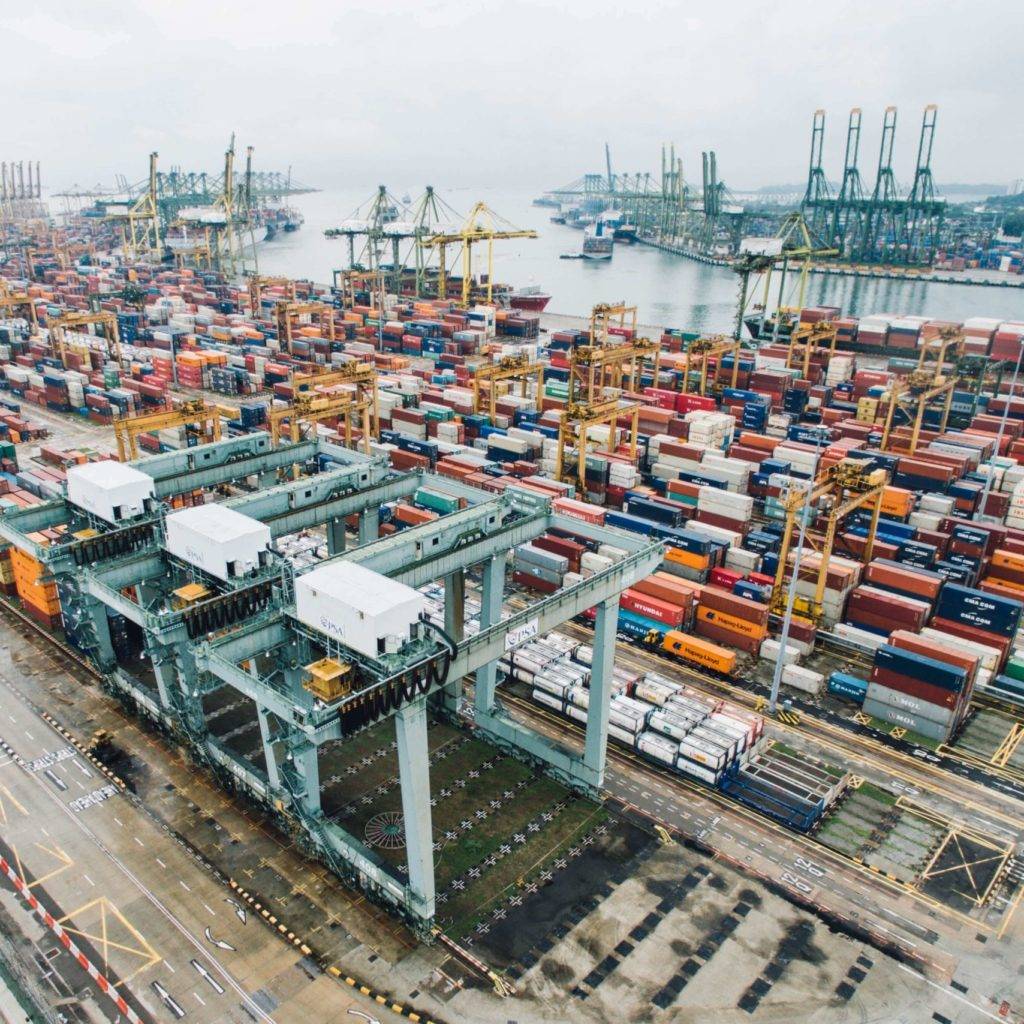Port logistics and maritime transport play a vital role in international trade by ensuring the efficient movement of goods through the world’s ports. In this article, we explore the key elements that contribute to the long-term improvement of the port system. From modern infrastructure and equipment to digitalisation and environmental sustainability, find out how ports can optimise their operations to meet the growing needs of global trade.
Modern infrastructure and equipment
To improve the port system in the long term, it is essential to invest in modern infrastructure and equipment. This includes the expansion and modernisation of terminals to accommodate larger ships and increasing cargo volumes. Well-equipped quays and warehouses, advanced lifting cranes and efficient container handling systems are essential to speed up the unloading and loading of ships, reduce waiting times and optimise the port’s overall productivity.
Digitisation and innovative technologies
Digitalisation plays a crucial role in improving port logistics. The adoption of real-time information management systems, the Internet of Things (IoT) and blockchain enables goods to be tracked and managed efficiently throughout the supply chain. Innovative technologies, such as artificial intelligence (AI) and machine learning, can help optimise operations planning, inventory management and demand forecasting, improving the efficiency and reliability of port services.
Collaboration and integration
Close collaboration between players in the port sector is essential for long-term improvement. This includes coordination between ports, shipping lines, port authorities and government agencies. The establishment of strategic partnerships and information-sharing platforms promotes better communication and smoother integration of operations. Effective collaboration optimises the use of port infrastructure, reduces costs and improves the quality of services offered to customers.
Environmental sustainability
Long-term improvement of the port system also requires greater attention to environmental sustainability. Ports must implement environmentally friendly practices, such as using clean energy sources, reducing polluting emissions and managing waste efficiently. The introduction of green technologies, such as electric propulsion or renewable energy vessels, helps to reduce the environmental impact of shipping.
on air quality and greenhouse gas emissions. In addition, the introduction of waste recovery and recycling programmes and the use of sustainable materials in the construction of port infrastructure help to preserve local ecosystems and reduce the sector’s overall environmental footprint.
To improve the port system in the long term, it is crucial to focus on several key elements. Modern infrastructure and equipment, digitalisation and innovative technologies, collaboration and integration between players in the sector, and environmental sustainability are all essential factors in meeting the growing demands of maritime transport and ensuring efficient, sustainable and competitive port operations.
Find other interesting articles on our blog or on our LinkedIn page!


